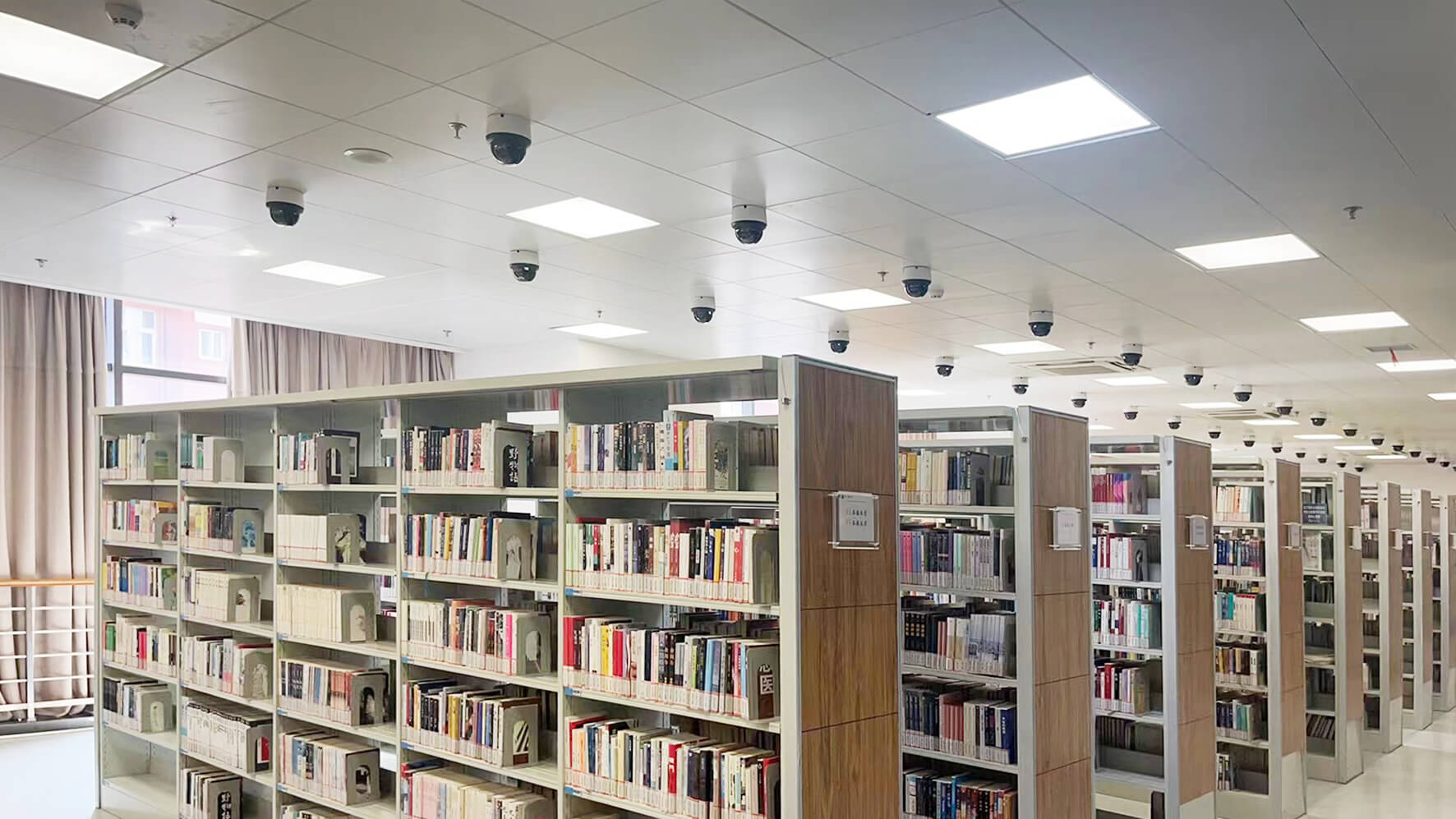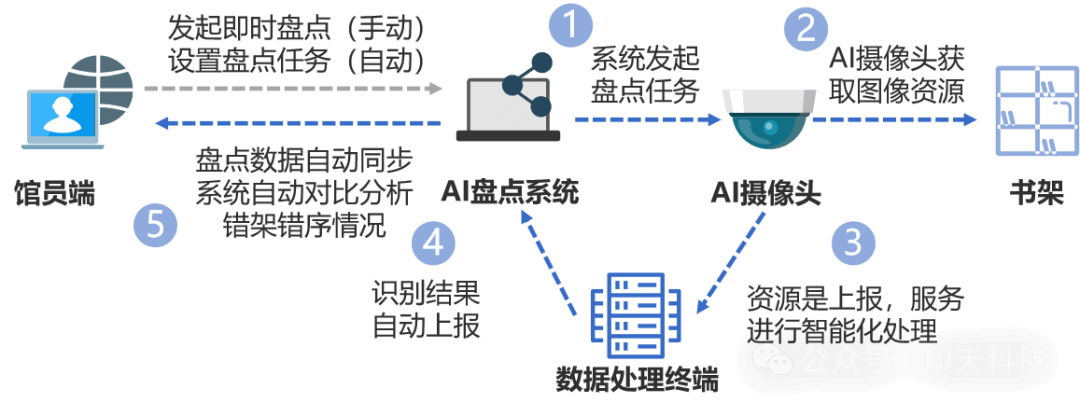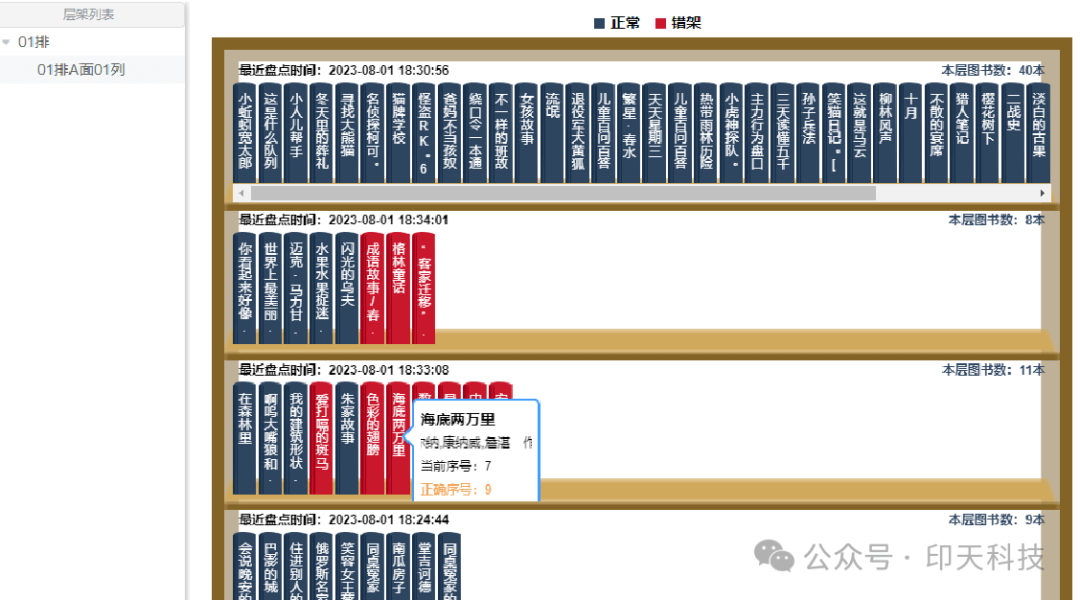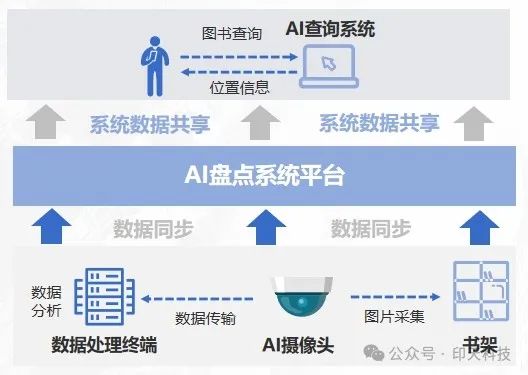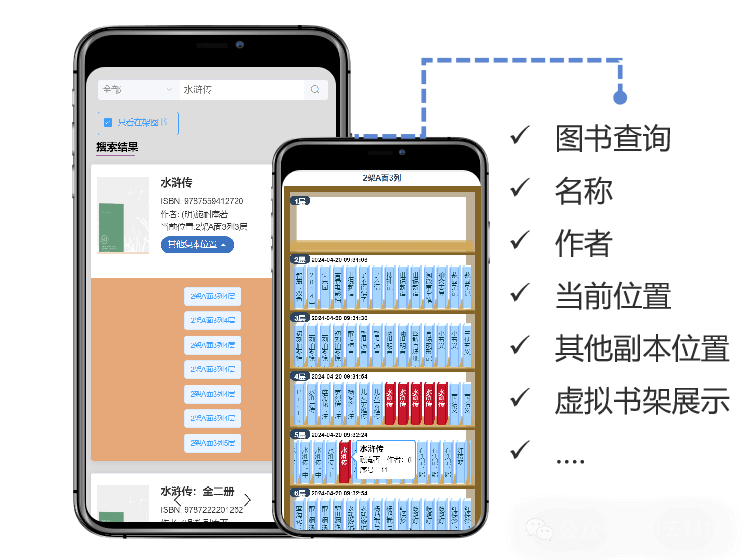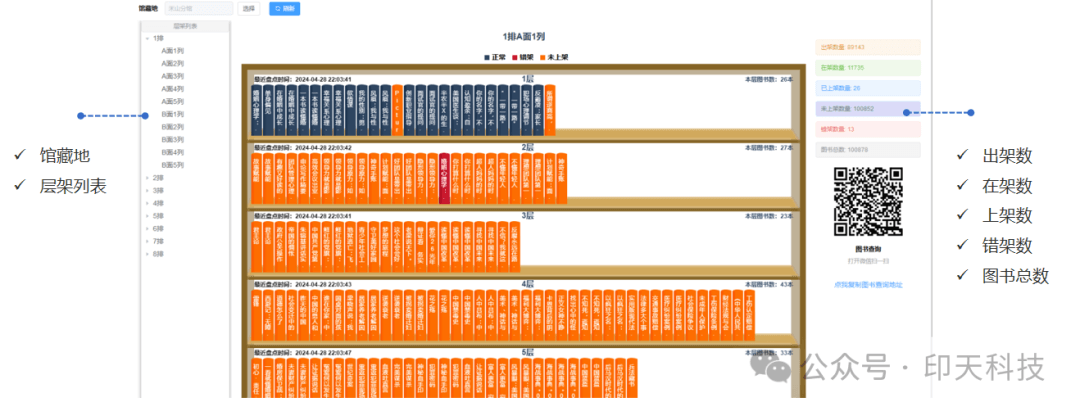Project Context
Nanjing Pukou District Library has 5,500 square meters of floor space with a 24-hour self-service library, circulation section, periodicals section, low-vision reading room, etc. As a public library, it tended to be a modern library full of multiple functions, intelligent equipment, and scale collections to serve the residents. Another goal it wants to reach out to is making it more convenient for people to have more access to all collections.
Solution
Nanjing Pukou District Library has teamed up with Intech company to deploy the AI Vision Inventory System, an autonomous unmanned system powered by artificial intelligent technology. The cameras installed on the ceiling of the library automatically perform on-shelf book image capturing, and then work with the AI engine for book spine segmentation and recognition, and finally translate that data into actionable, visible insights. Nanjing Pukou District Library has benefited greatly from the deployment of the AI vision inventory system.
The AI inventory system recognizes the book spine labels containing title, author and publisher name, and more, which can be extracted and verified with the library's database, and delivers a discrepancy report to librarians to re-shelve the collections in the proper position in the library.
The AI-based inventory system also makes significant improvements to OPAC service, including a new personalized search capability with real-time book position status through the WeChat mini program or library intelligent terminals, and personalized book recommendations based on the reader’s preference. It better supports users’ needs and expectations.
Finding the books in a library is by far arduous. However, the AI inventory system makes it easier than ever, as it shows the staff and readers the virtual library shelf layout that looks like a map of all collections in a scene you can understand quickly and easily. Alongside the virtual shelf, it integrates with the existing library system to keep all the data synchronized and up-to-date, which gives staff and readers the added flexibility to get the book’s information and live location.
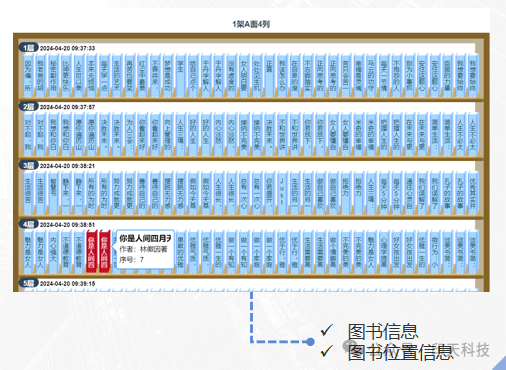
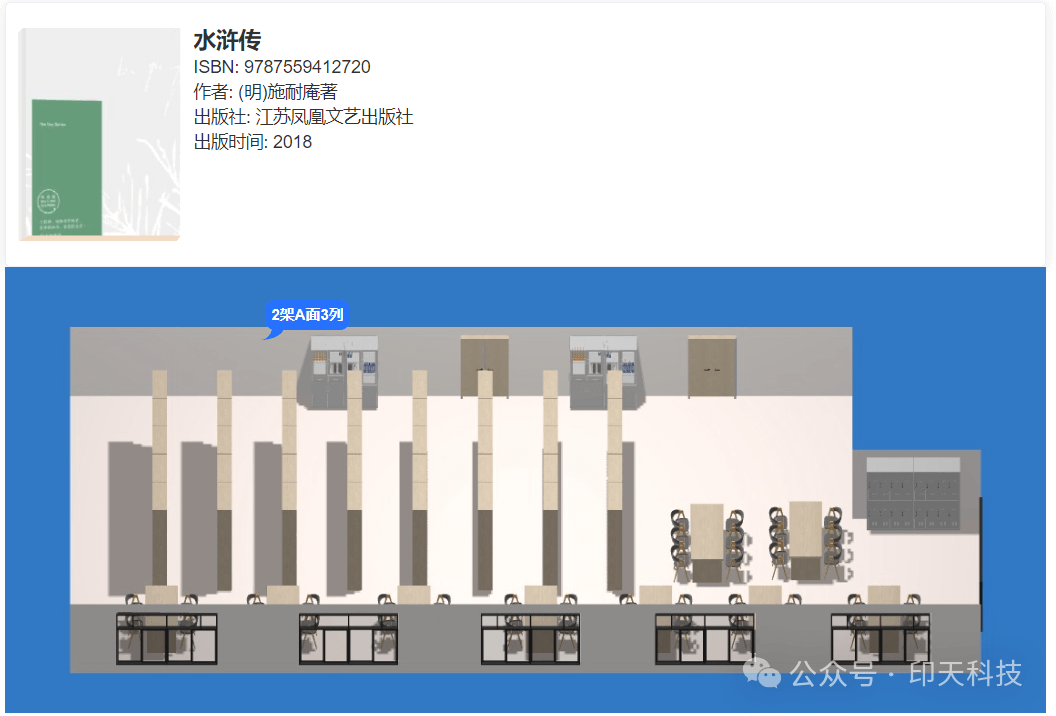
The AI-driven inventory system can redefine the entire library inventory strategy by making it more accurate and efficient. For example, to facilitate staff understand the stocktaking result of a specific section, the system allows to show the information by the whole library, floor, section, or shelf, and automatically analyzes the stocktaking data of the quantity of collection, rate of wrong-shelf and out-of-order, etc. to generate a report. Library staff can quickly make adjustments to the library operations accordingly.
Result
The AI inventory system in Nanjing Pukou District Library went into trial operation on April 23, and was highly appreciated by the staff and readers. “Finding the books was always hard, either we need to spend much time looking for books or ask librarian for help. But now, thanks to this system, I can just search for books on website to see where they are, and the books on the shelf are really where they are. It’s so amazing,” said reader Ms. Wang. “The AI inventory system offers a visual dashboard for library staff, and mini program for readers as well, which not only boosts the process efficiency and labor reallocation, but also enhances the users experience.”said a library representative.
Previous:AI-powered Inventory System Used in Changsha County Library
Next:The First AI Inventory Robot Unveiled in Huaqiao University Library in Xiamen City

